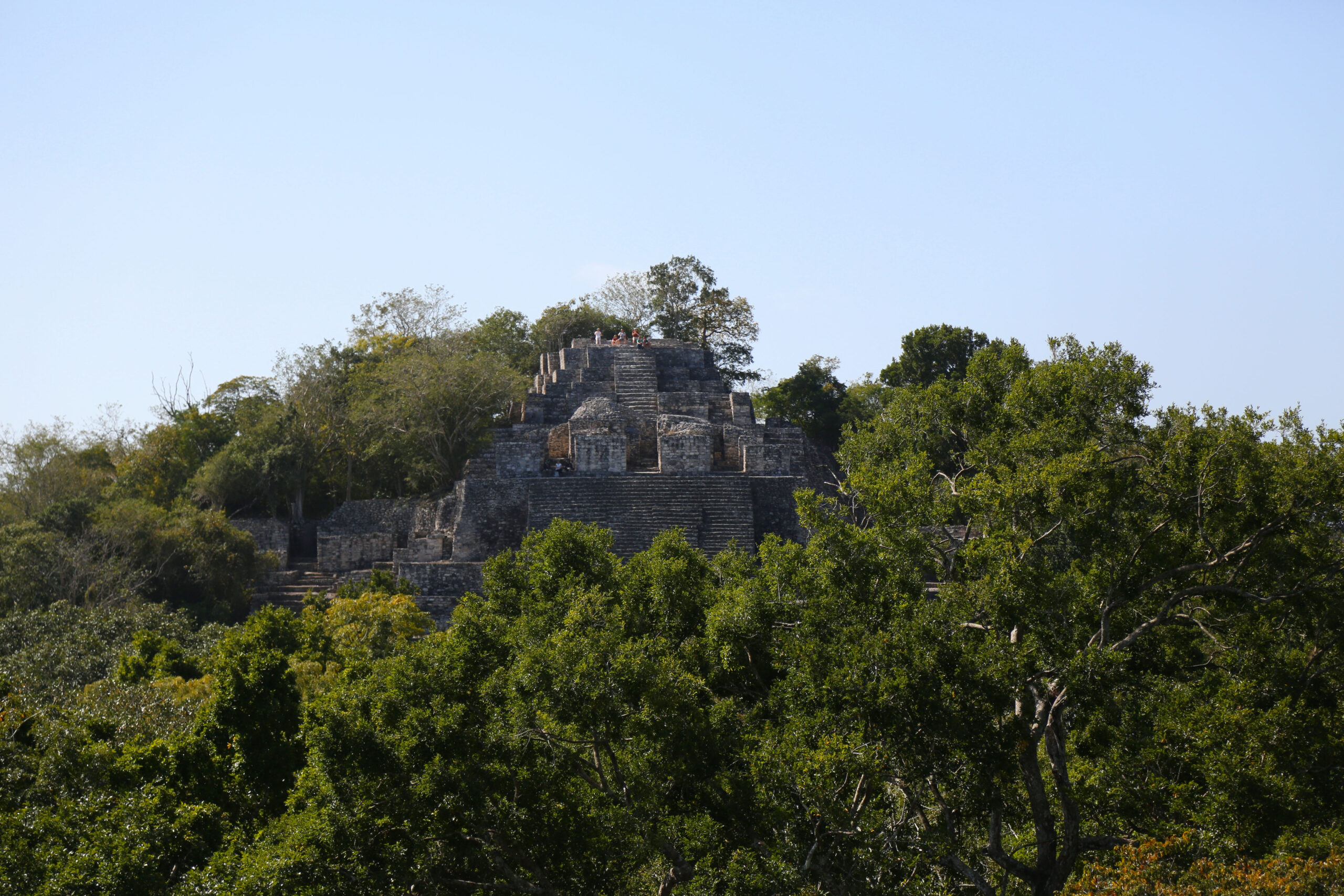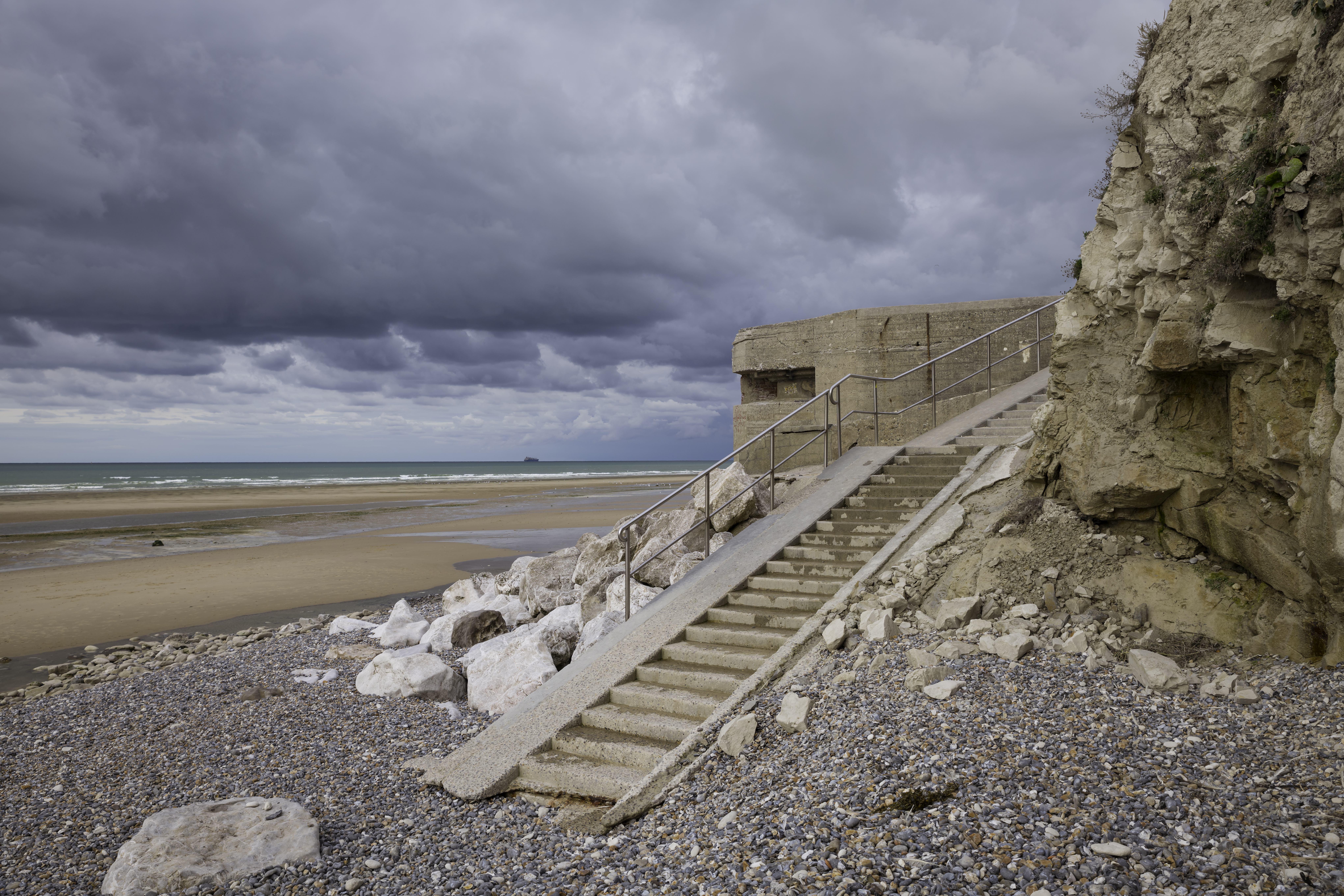Max
-
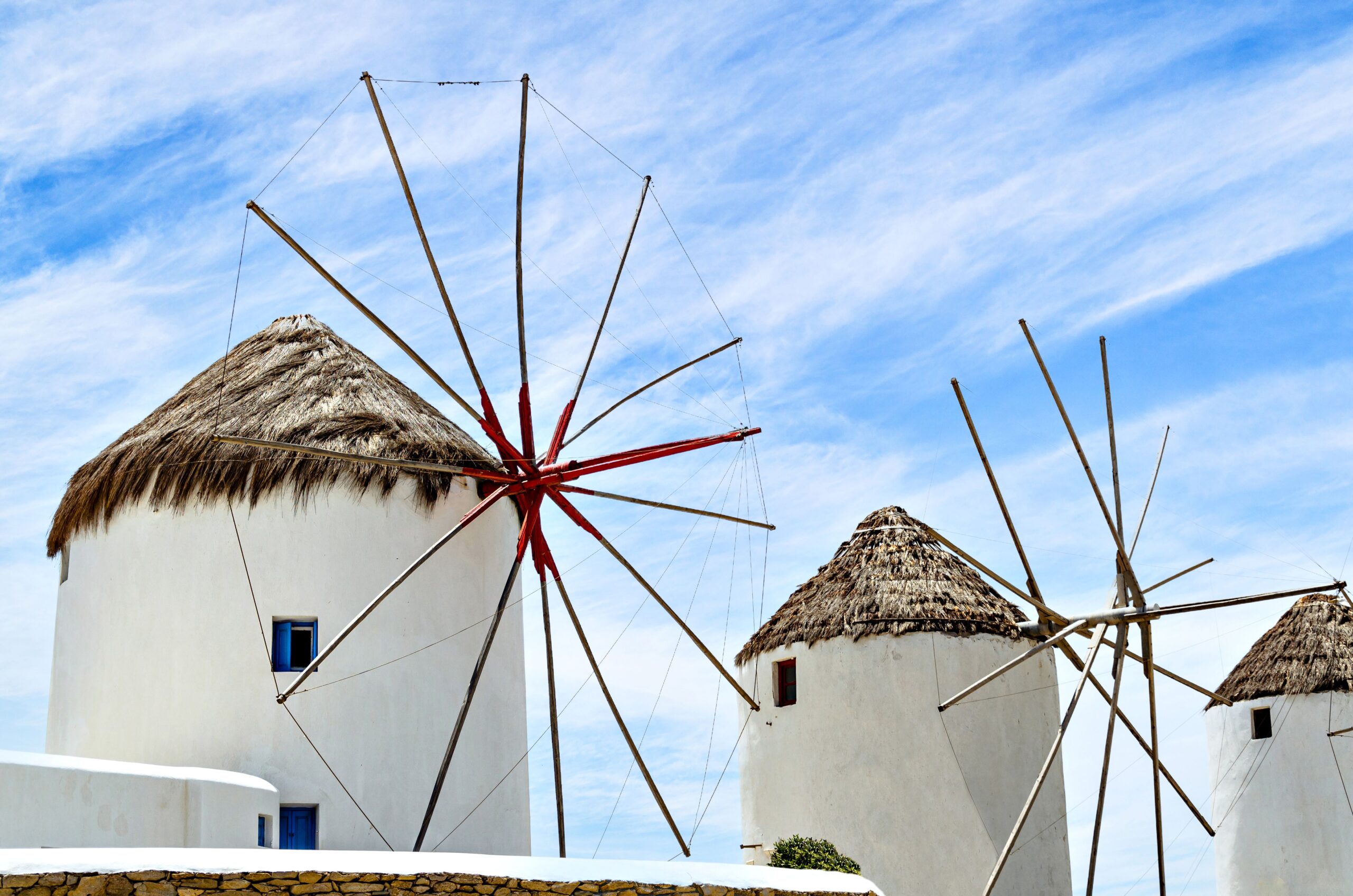 Posted On History
Posted On HistoryExploring the Charm and History of Traditional Windmills in Greece


Greece, renowned for its rich history, stunning landscapes, and vibrant culture, is also home to one of the most iconic symbols of its past –…
-
 Posted On Nation States
Posted On Nation StatesScotland – Geography, Culture and Economy


A country on the north-western edge of Europe. A mix of islands, highlands and lowlands. A country of romance and unique traditions, very different from…
-
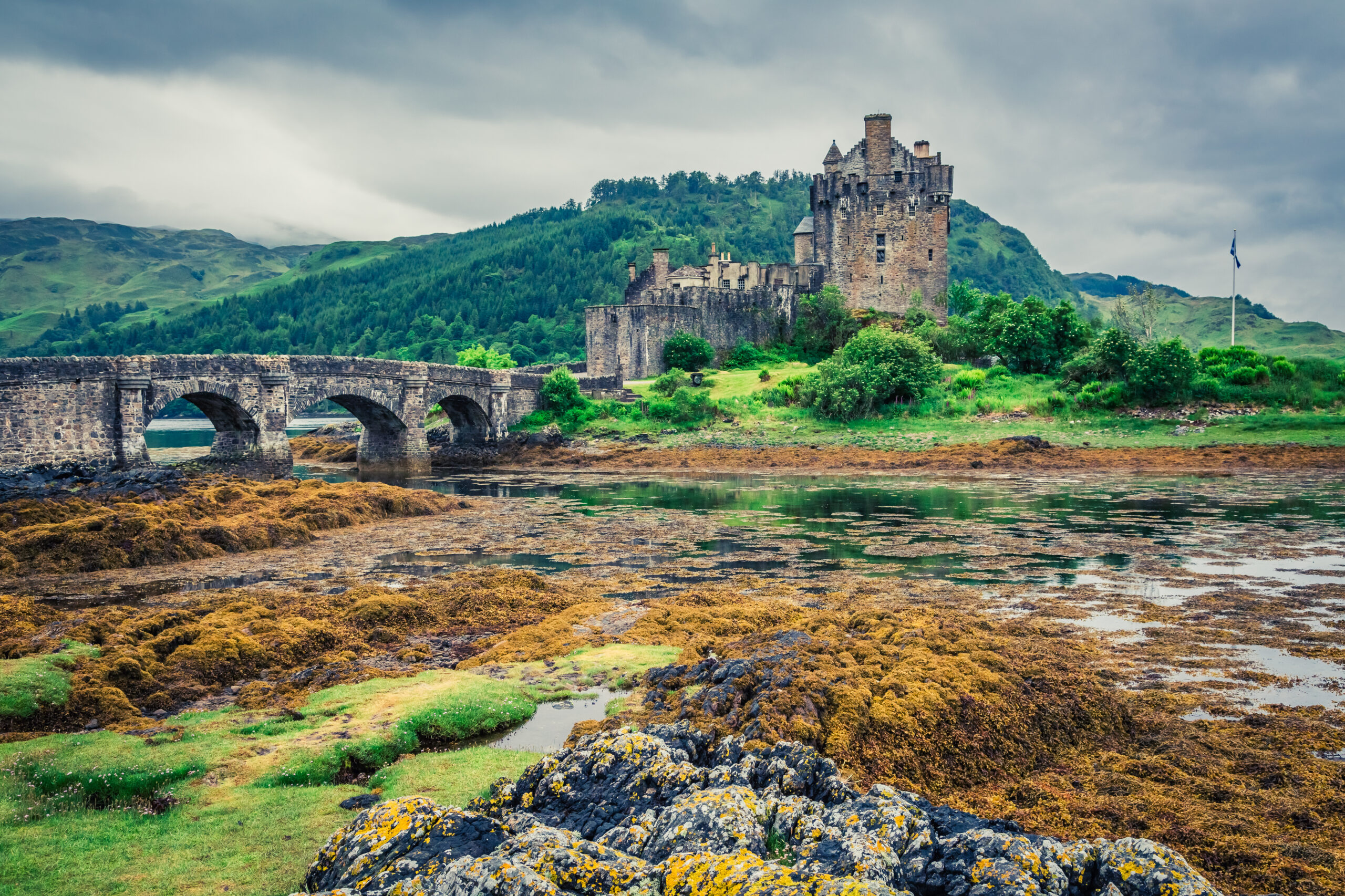 Posted On Nation States
Posted On Nation StatesThe History of Scotland


The wild lands at the north-western edge of Europe. Settled for millenia, for centuries they were beyond the grasp of empires, from the Romans, to…
-
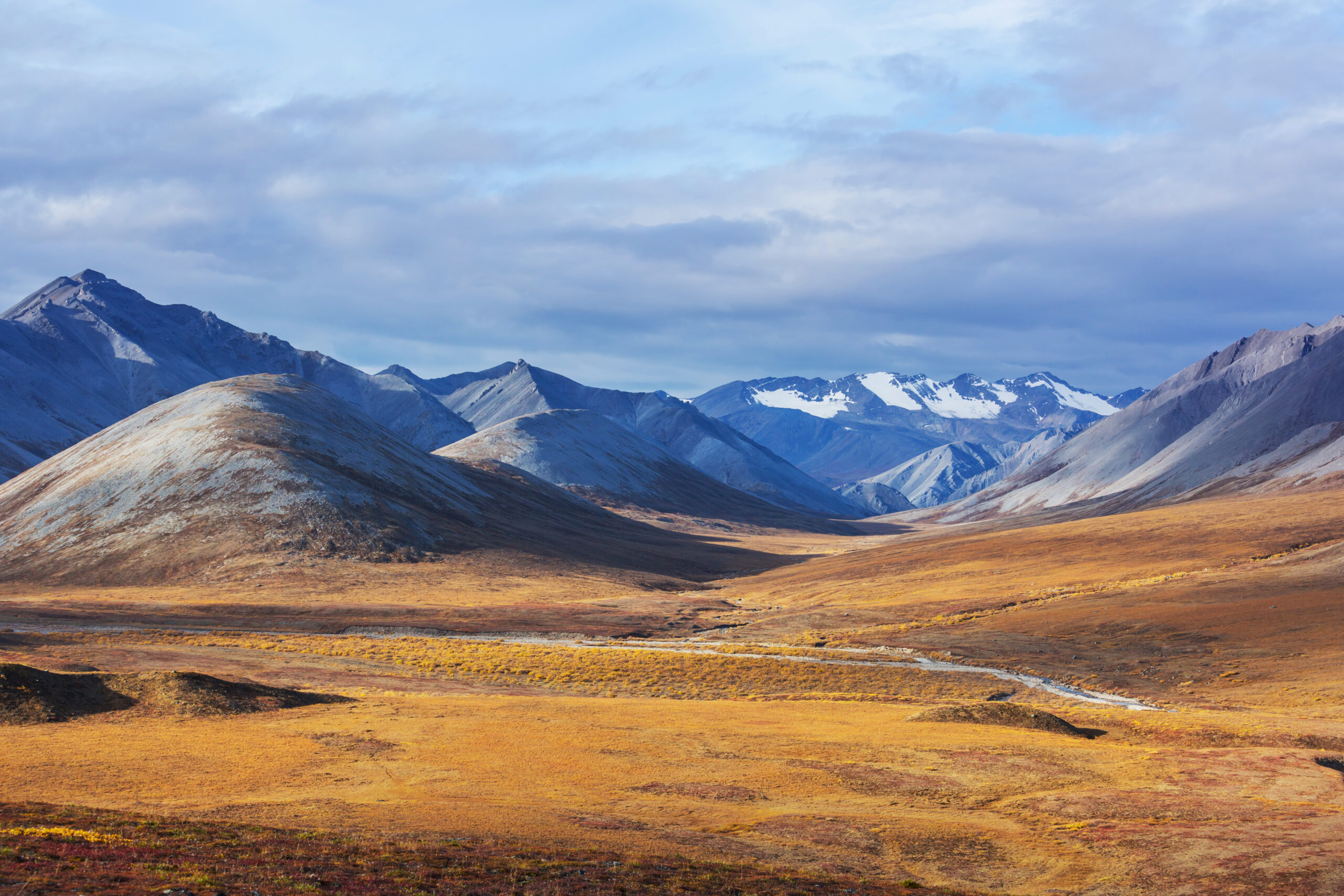 Posted On Biome
Posted On BiomeThe Tundra Biome and Ice Biome


The Tundra and Ice Biomes of the Arctic and Antarctic. In this video we explore how the weak sun leads to cold temperatures year round…
-
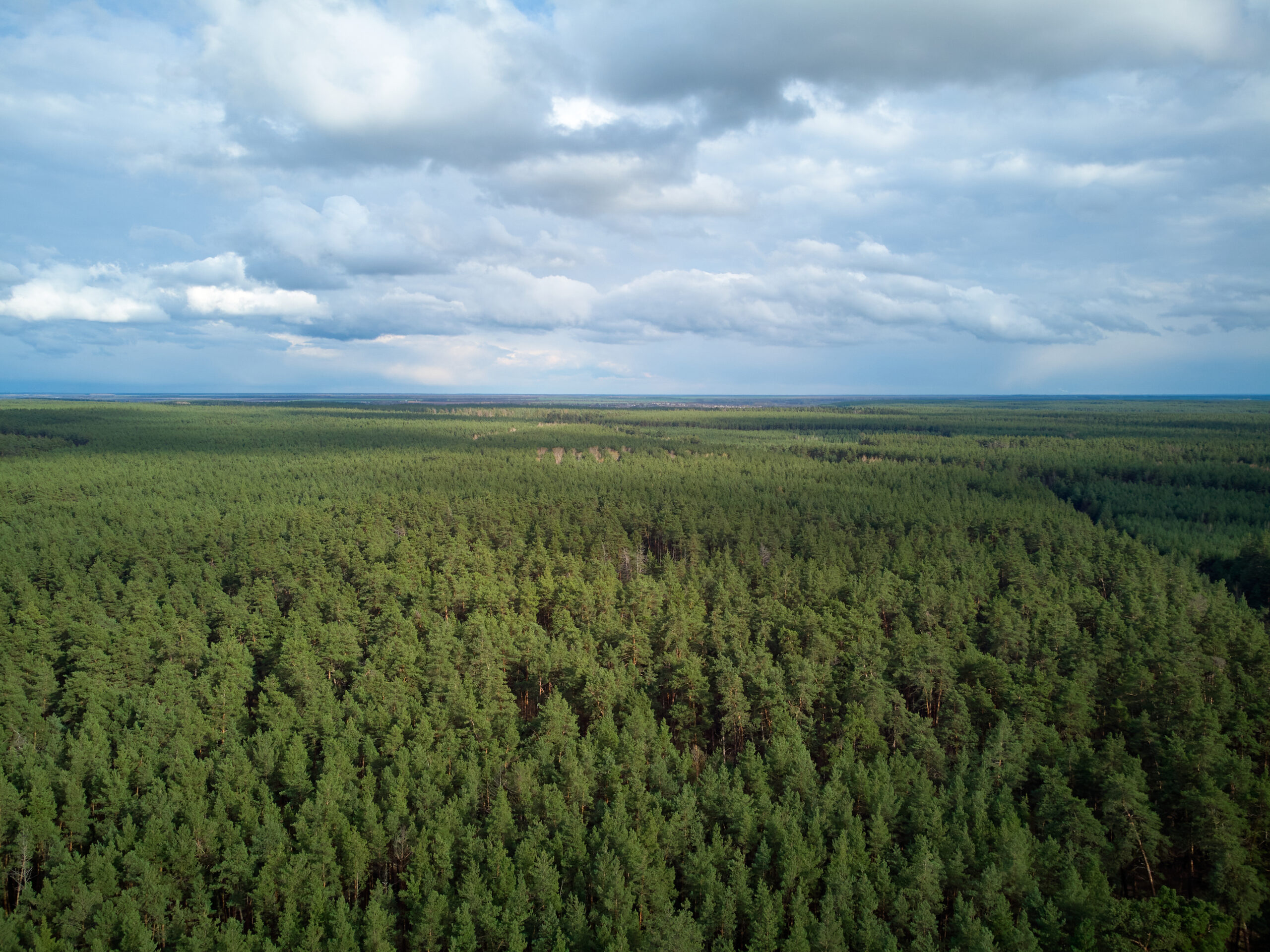 Posted On Biome
Posted On BiomeThe Taiga Biome (Boreal Forest)


The Boreal Forest Biome, often referred by its original Russian name as simply the Taiga. It is a sea of coniferous trees, stretching unbroken from…
-
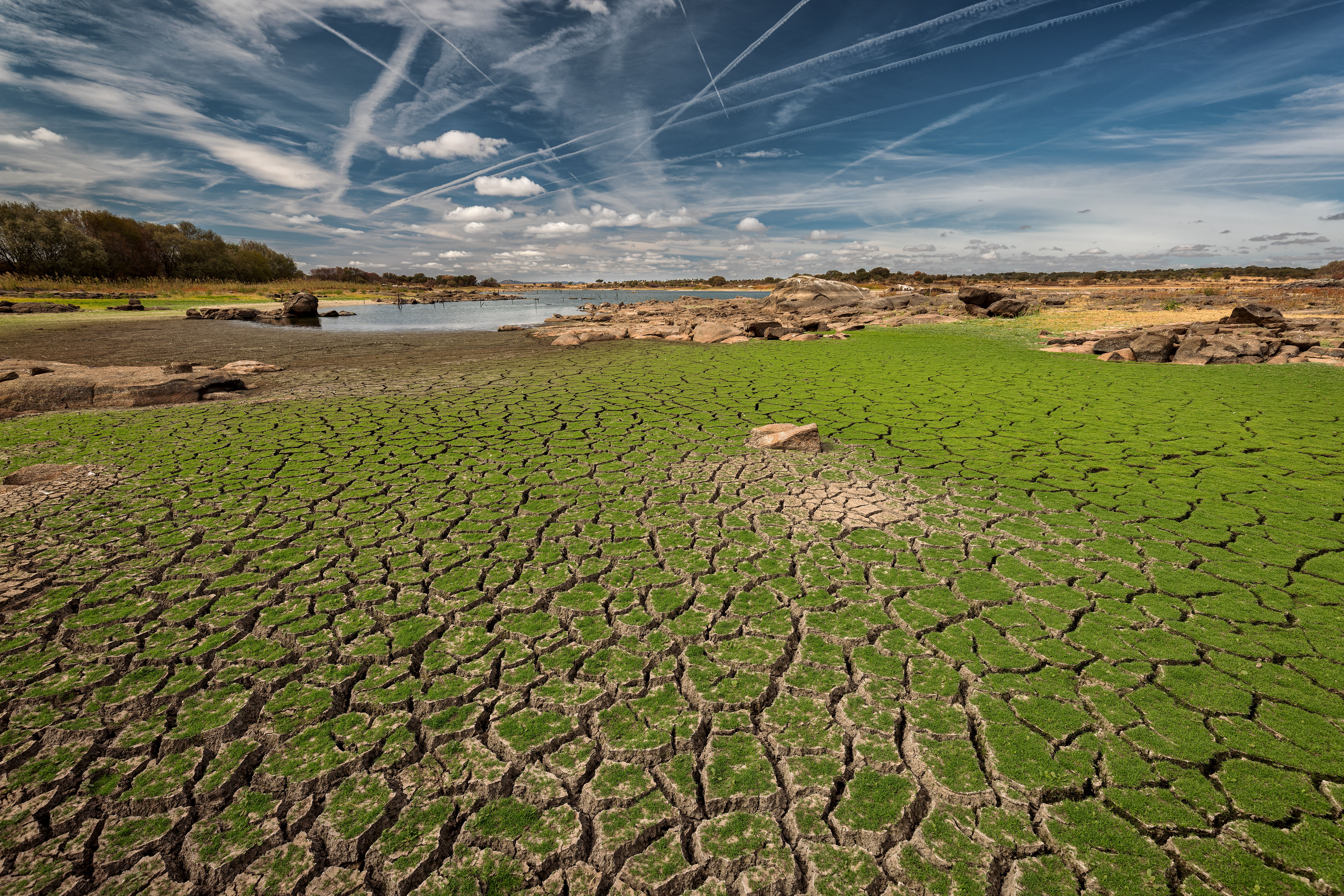 Posted On Climates
Posted On ClimatesWhat are the Biggest and Smallest Climate Zones?


If you love climate science then you’ve probably wondered how big the Koppen climate zones are relative to each other. Well, look no further, because…
-
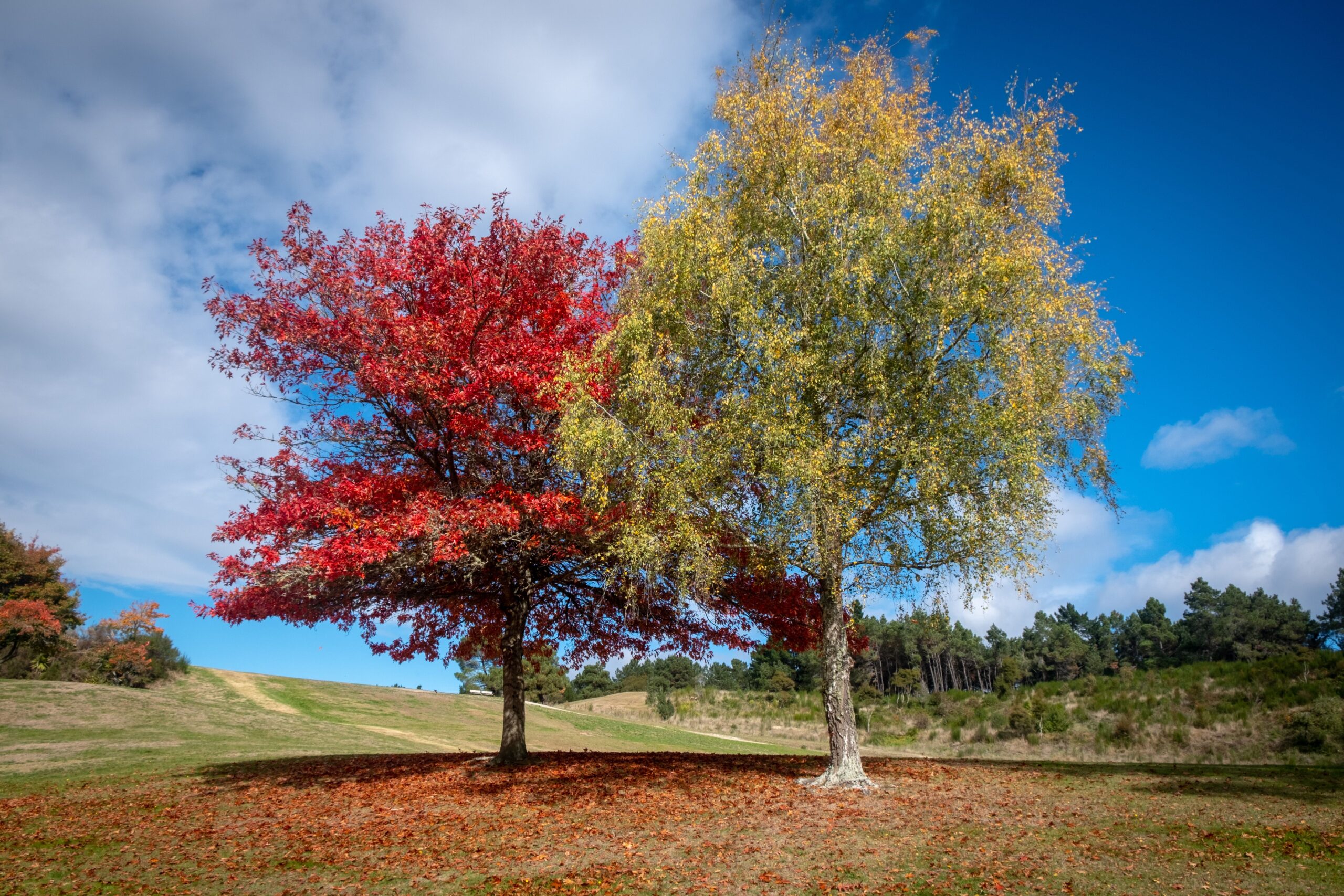 Posted On Climates
Posted On ClimatesSeasons – Origin and Variation Across Earth. Types Of Seasons by Climate Zone


Seasons – Origin and Variation Across Earth. Types Of Seasons by Climate Zone There are various types of seasons on this earth, determined by which…
-
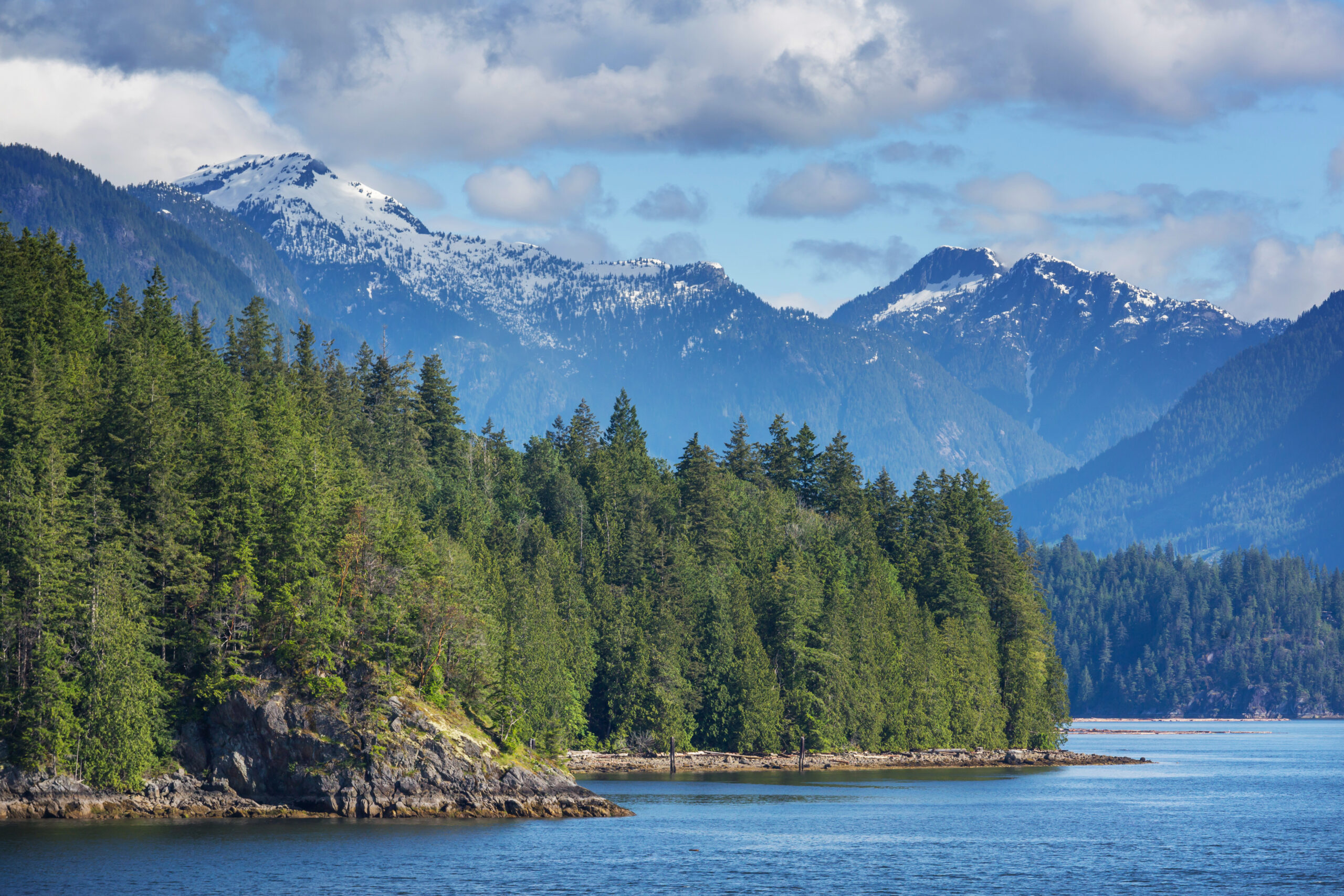 Posted On Climates
Posted On ClimatesThe Pacific Northwest Climate – Oceanic or Mediterranean?


The Pacific Northwest of the United States and Canada. A wonderland of nature. Epic scenery – breath-taking mountains, endless forests, windswept beaches, even volcanoes. And…
-
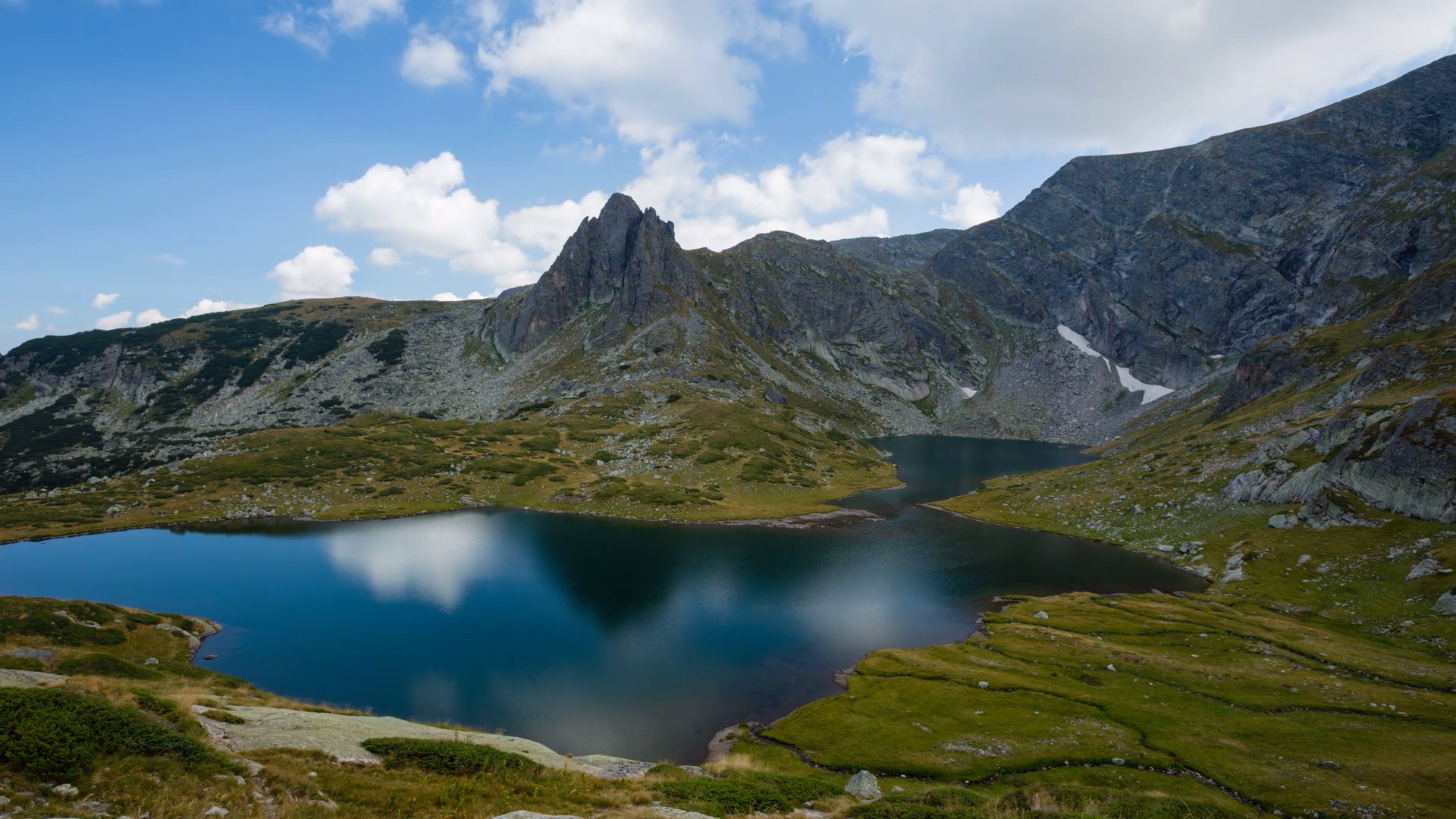 Posted On The climate casebook
Posted On The climate casebookThe climate casebook


A series of individual topics on particular places around the world or more advanced concepts relating to climate.
-
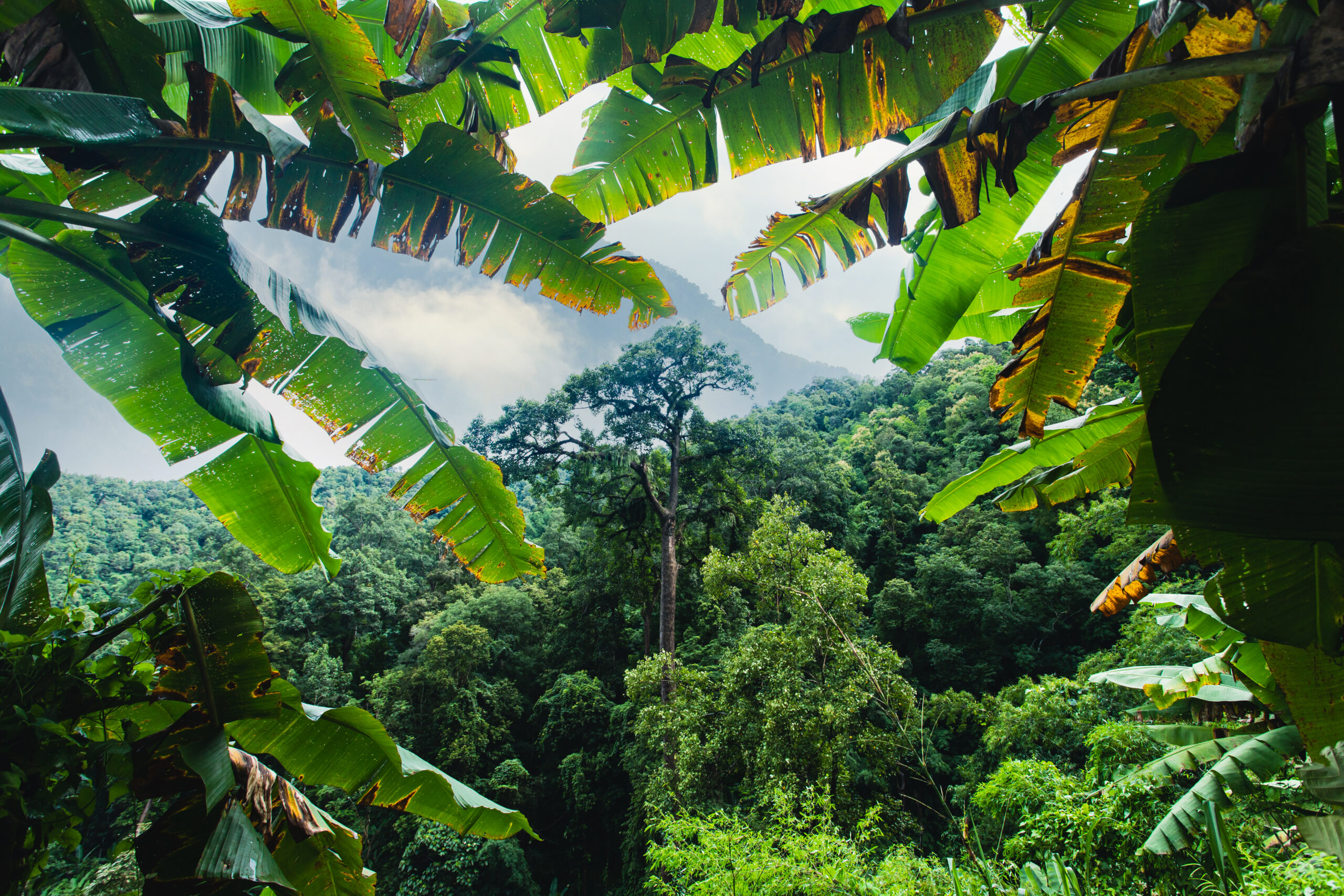 Posted On Climates
Posted On ClimatesThe Koppen-Geiger Climate Classification System


In this reference work, I cover the basics on every climate zone within the world’s most established climate classification system, the Koppen-Geiger. Evolved over 150…


